The majority of the time in really weedy waters, the weed is normally where the fish are to be found. Carp love holding up in the weed because it offers them cover and refuge. Not only does it offer the fish protection, but also a very rich and healthy source of natural food. If you Chuck a plain lead into the weed and drag back a handful, on closer inspection you should find water snails, larvae, other aquatic insects and life of all kinds moving about.
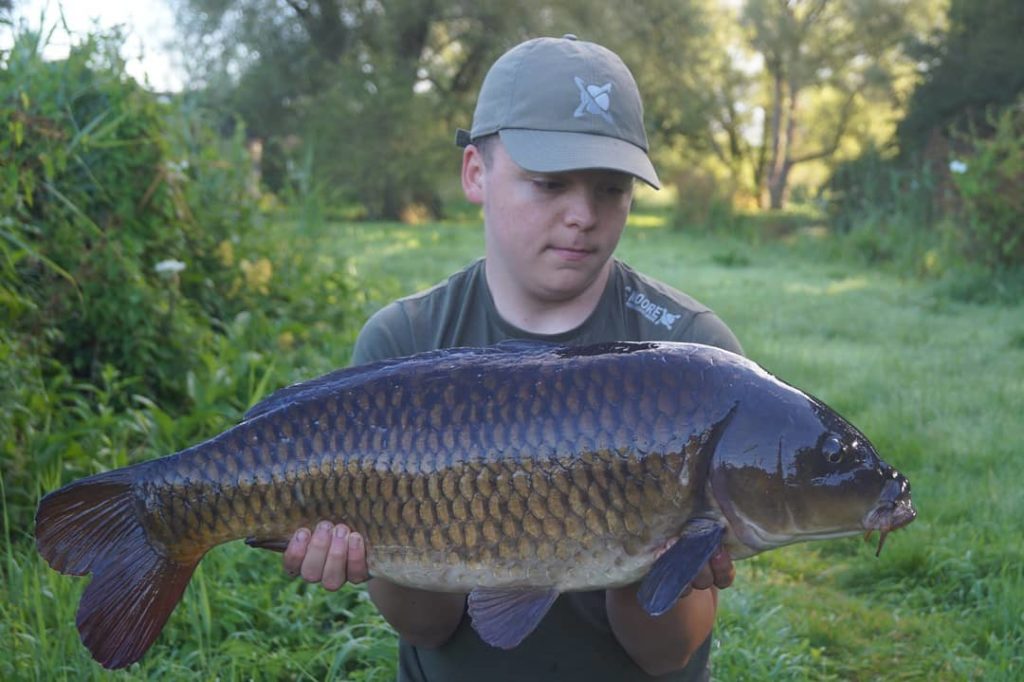
During the warmer months a carp will spend most of the day basking in the weed refusing to be caught. Due to the high sunlight levels during this time of year the weed photosynthesises throughout the day releasing a lot of oxygen into the water, which is why they hold up there during the daylight hours. However, during the hours of darkness, weed takes absorbs oxygen from the lake. It is at this time that you should be looking to present your baits on a clear spot close to a weed bed as they emerge to feed at night.
Due to the carp spending so much time in and around weed, it would be a foolish decision not to fish for them as close to the weed as possible. A large number of anglers are put off by the sight of weedy lakes, but with a bit of fishing knowledge you can present a rig in most weedy situations. Once you have put all of this into action, hooking a fish should be the easy part, having strong enough tackle to land the fish makes up the rest of the battle, as a weedy scrap will always test your fishing gear to the absolute maximum.
On weedy lakes, open parts of water and clearings in the weed often show you where the clear spots are, to tell how clear the spot actually is. If the spot is shallow you can climb a small distance up a tree and look down on the water to get a better insight of the spot. On the other hand, if the spot is deep and you cannot see the bottom of the lake than the simplest way to get knowledge of the bottom is to cast out a marker lead and examine the amount of debris the lead brings back. Once a clear area has been established, you will have to follow two simple steps, one – cast out, clip up and wrap your line around the distance sticks to record the exact distance to the spot. 2 – make a note of the spot so that on the next session you can fish the same spot with minimal disturbance.
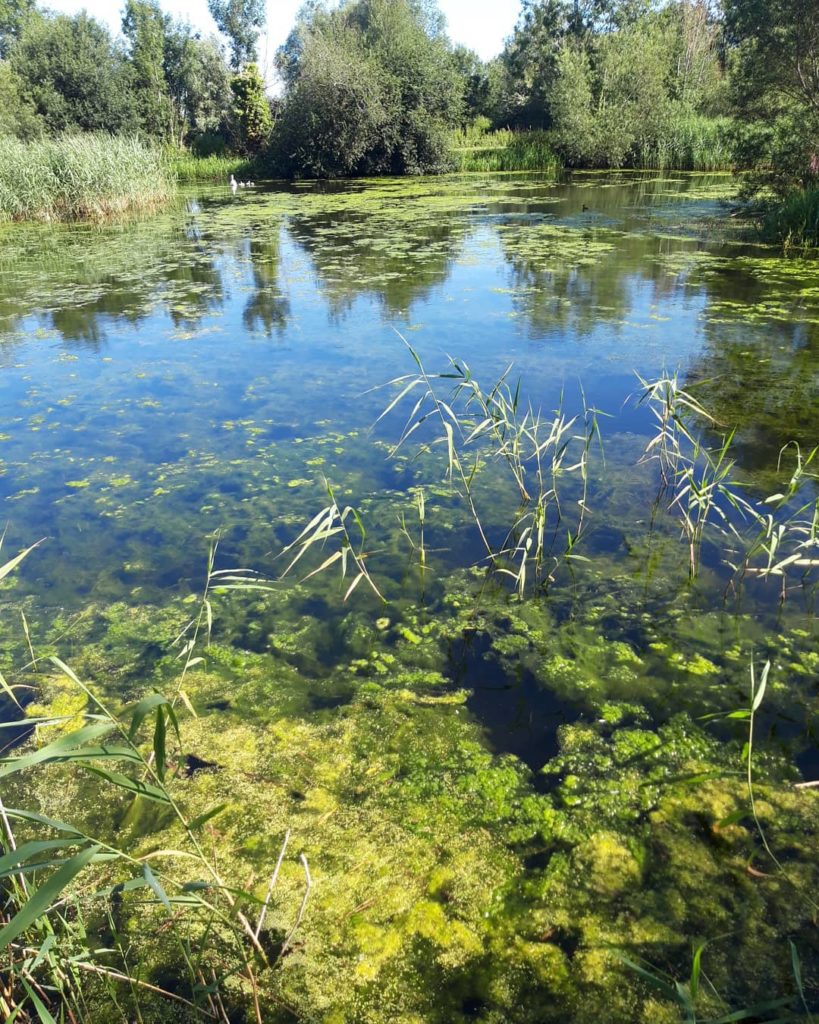
Sometimes there are no clear spots in the lake and you are faced with two options. You can get the fish to create a spot through a simple process of pre-baiting or you can go to a bit of extra effort by using a weed rake and creating a clearing by ripping the weed out of the lake. Pre-baiting a spot is the more lengthy and timely process because you have to wait for the fish to respond to the bait but also to become confident with feeding on that chosen spot which may take a while depending on fish behaviour. Obviously creating a spot with a weed rake may take you a day or two but then the spot will be all clear and rigs will always be presented right, meaning that you are fishing all the time and to your full potential. Again the fish may not react to the clearing you have made but keep a small amount of bait going in the lake on a regular basis and the fish should be feeding on your spot in no time.
The baits I personally put into weedy lakes on a regular basis are naturals such as water snails and bloodworm. I would also add a small amount of particle, such as hemp, so that the fish search around, stirring up the bottom and uprooting and removing the surrounding weed. Choosing the right bait is also down to confidence and the added knowledge of catch reports, if you know the fish are confident in feeding on boilies don’t give them a bucket load of maize as this may put them off feeding, which hinder your chances of catching.
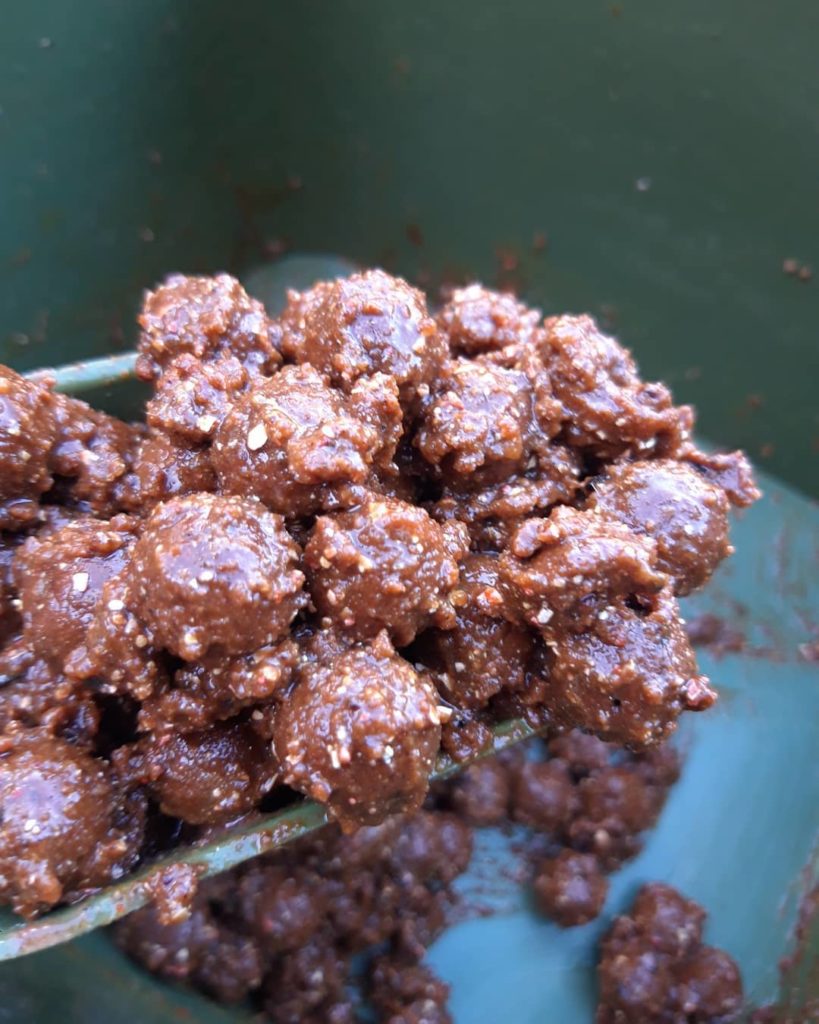
When fishing in weed you need to be on a bite as soon as possible, before the fish has managed to plug itself in to the nearest and biggest weed bed. Once a fish has wedged itself in weed it is important to keep the rod tip up high and apply a steady amount of pressure. After a while the fish should gradually come free of the weed and you are back to playing the fish. Failing that put the rod back on the alarm and leave till you start to get an indication of the fish moving out of the weed bed (this can take hours, or it could happen straight away) but once the fish starts to move, pick up into it and your line should pull out of the weed bed allowing you to play the fish again.
The rig choice depends on what you are fishing over and the rigs you are confident in using. My favourite pop up rig for a weedy water is the chod rig because if it is fished to a clearing where there is a small amount of debris on the lake bed, the bait will always be presented. On the other hand, if fishing on the bottom is required then my favourite rig for this is a D-Rig, which is tied using a stiff fluorocarbon about 8-10” long. I will fish this with various types of bait, whether that’s a wafter, bottom bait or particle baits such as a tiger nut. Choosing the right rig is all about confidence, but when you are unsure just try rigs and the way in which you tie them, vary the length and the size of the hook. Once the rig has worked you now have a rig that lands fish and that you have confidence in.
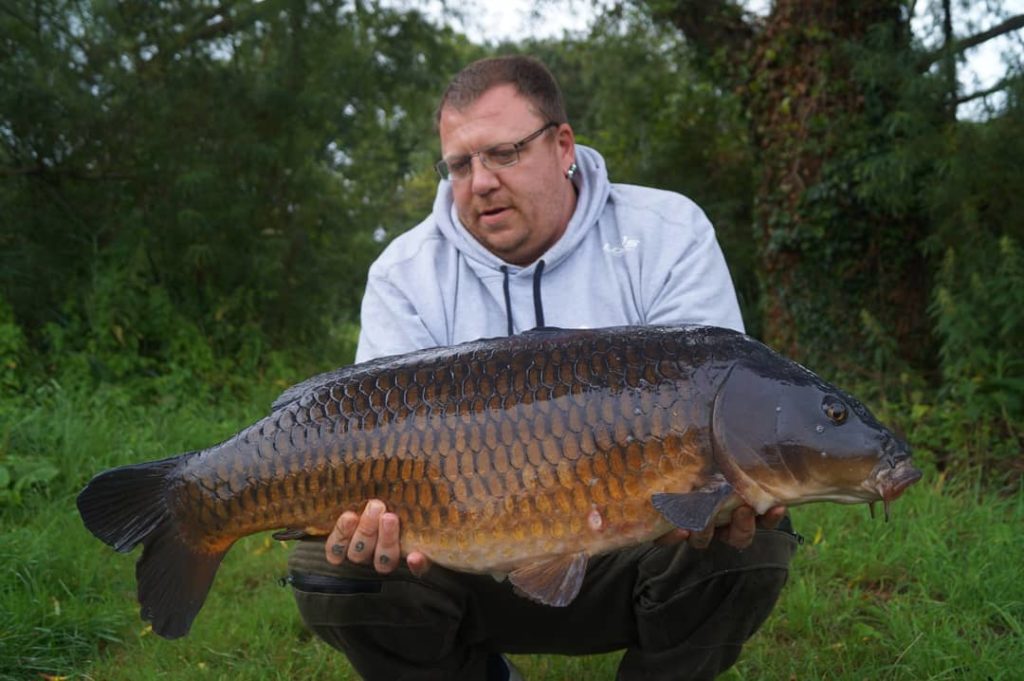
Tight Lines,
Will.

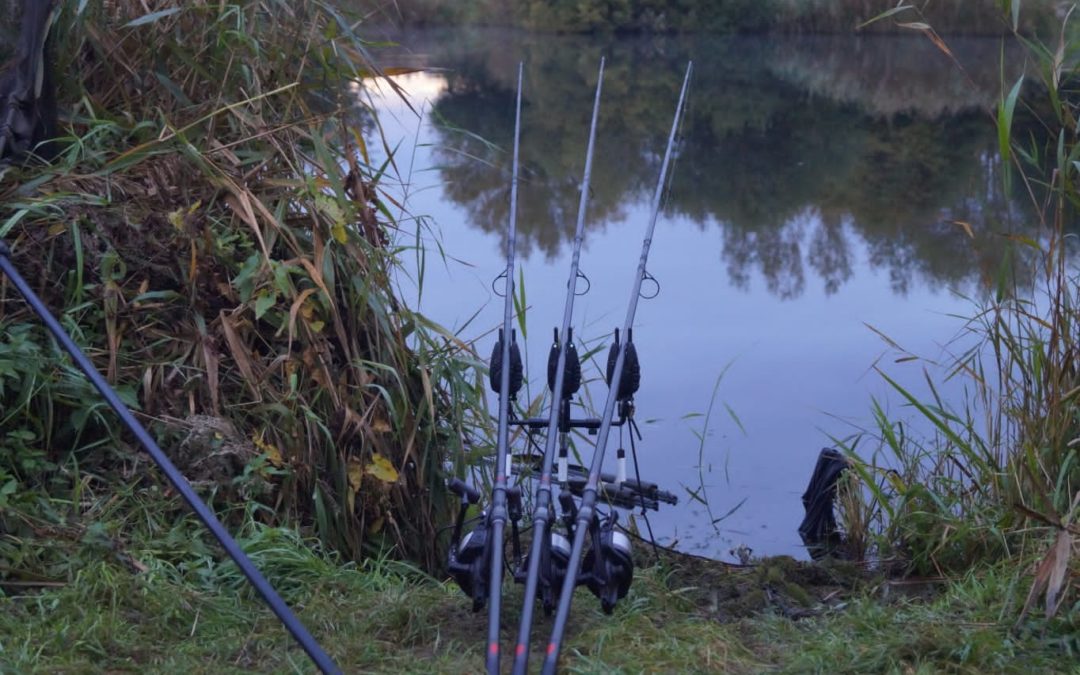
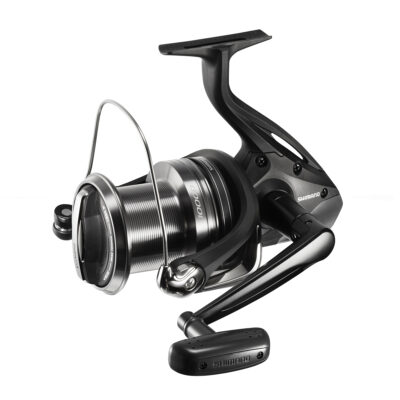
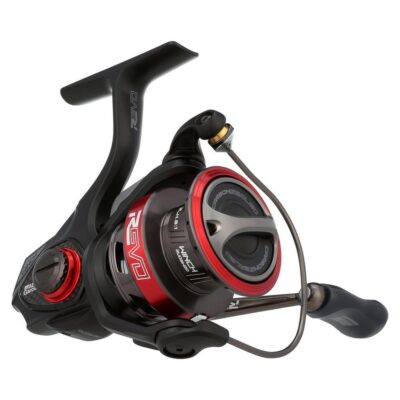
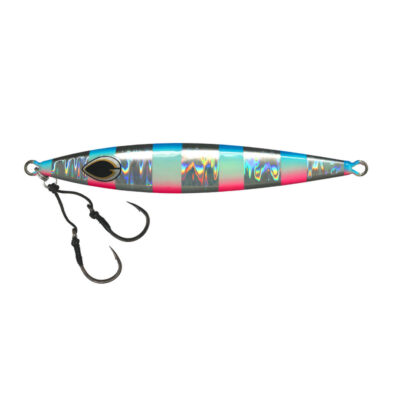
Recent Comments